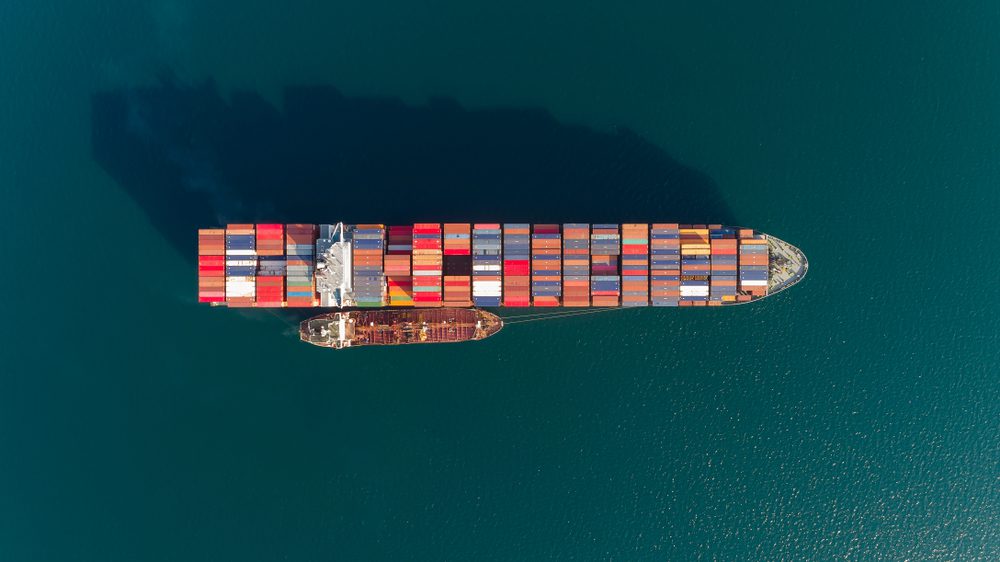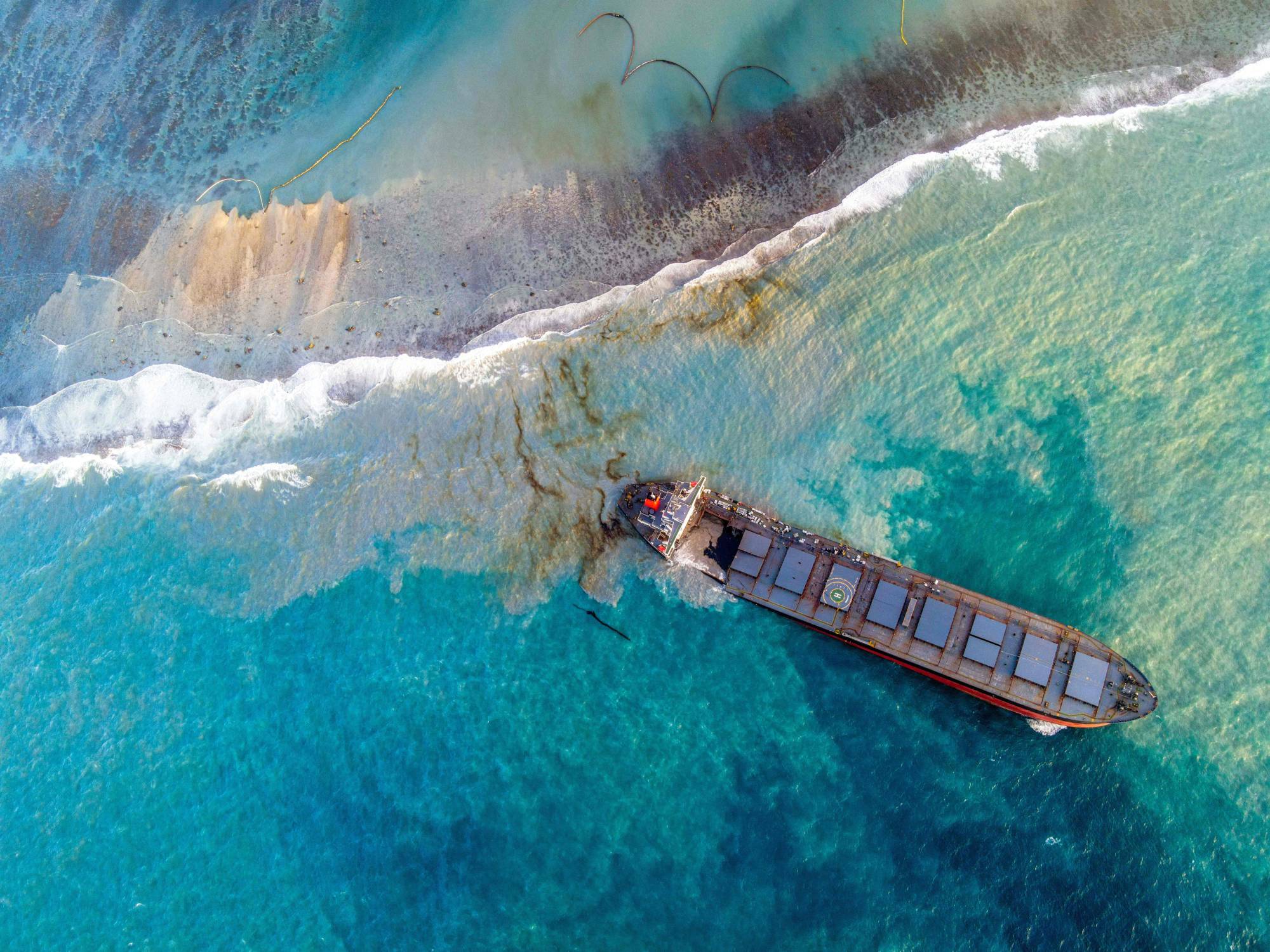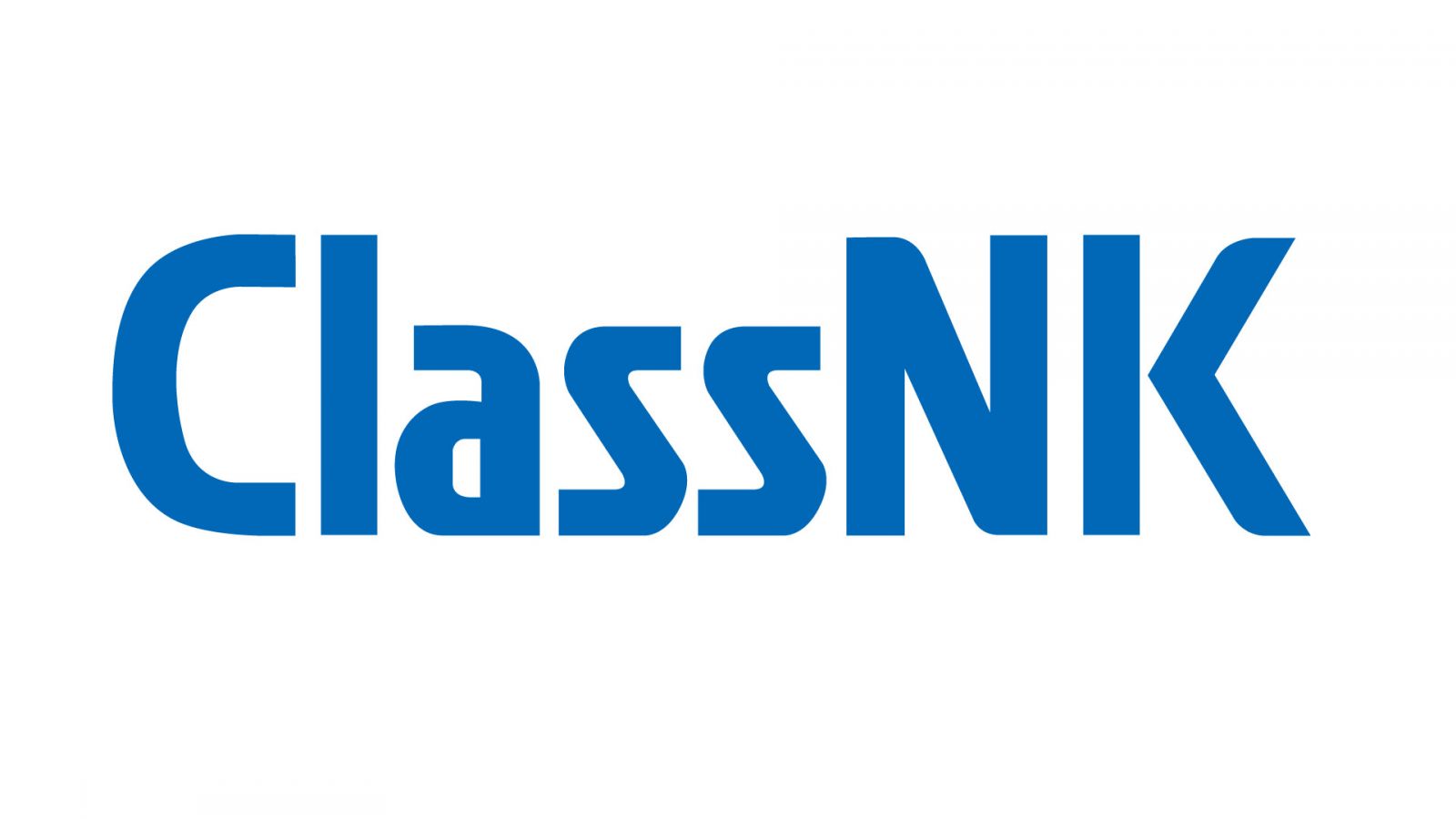Bunker demand at key marine fuel hubs rose on an annual basis in the second quarter of 2025, with an average 3.9% gain versus Q2 2024, according to the latest Ship & Bunker and 2050 Marine Energy survey of sales volumes in 17 major locations.
The result follows a 3.1% year-on-year decline in Q1. Sequentially, Q2 volumes were 2.6% higher than in Q1. “The general mood in the market is far from positive.”
For the first half as a whole, sales were up by 0.3% year on year; if that trend persisted through the rest of 2025, the year would end with the highest global sales since 2019.
The survey covers about 61.6% of the 233.1 million mt of global demand reported by the IMO for 2023. In Q1, the top three hubs — Singapore, ARA and Fujairah — all declined, but Q2 saw a recovery for Singapore and ARA.
The article links the downturn in sentiment to the volatile US tariff policy that intensified in early April under the Trump Administration, with some gains at Asian ports in Q2 likely driven by cargoes rushed through ahead of higher tariffs.
Adrian Tolson of 2050 Marine Energy said, “The North American bunker market showed significant drops in demand in Q2… This was seemingly entirely driven by the fear of tariffs and tariffs themselves.” He added that containerized cargo from Asia fell in the period, “painfully reflected in bunker demand in the US major ports,” and warned, “While this might recover somewhat in coming quarters, it might also be that we are seeing a permanent loss of bunker demand.”
Tolson also cited the May 1 start of the Med ECA as a likely cause of demand losses in Gibraltar and Turkey, while noting it was unclear whether the effect would be permanent.
Market participants described a weakening outlook. “The volumes we observed in Asia during Q2 2025 remained stagnant, with limited new inquiries,” said Martin Rasmussen, managing partner at Hanseatic Bunker Services, adding that an Africa desk and network helped offset some business. Monjasa’s Americas managing director Rasmus Jacobsen said, “Monjasa’s role is to match supply and demand across physical and back-to-back trading… Diversification shows to be key,” and noted that “in the Americas, we are yet to see how the imposed tariffs will affect total market demand,” while flagging solid Q2 increases in Panama Canal transits but a potential slowdown ahead because of tariff uncertainty.
World Kinect reported “its first quarterly loss from marine fuels since the end of 2017” in Q2 and said delivered volumes fell 7.1% year on year to 3.87 million mt. CFO Ira Birns attributed the “[Q2 bunker] volume decline” primarily to “ongoing global trade-related uncertainty,” alongside “weaker performance at certain marine physical inventory locations in the US.”
KPI OceanConnect CEO Dorthe Bendtsen called it “a market in flux” driven by “persistent geopolitical tensions, global trade disruptions and broader macroeconomic uncertainty,” adding, “Despite the margin pressure, we remain optimistic.”
Shipergy CEO Daniel Rose observed, “People are starting to crack… I sense surrender from some… [others are] pushing the boundaries of acceptable risk in credit and compliance, just to cover their costs… these are bleak times indeed.” Looking ahead, Tolson said, “some this demand erosion will be permanent,” and suggested the new tariff regime may already be shifting cargo activity and bunker demand.
The survey’s methodology covers Singapore, ARA, Fujairah, the US Gulf, South Korea, Russia, the Gibraltar Strait, Hong Kong, Panama, Zhoushan, Japan, New York, West Africa, South Africa, the Canary Islands, Los Angeles/Long Beach and Turkey, using a mix of participant input and official records.
Ship & Bunker is an independent trade publication focused on marine fuels, providing daily industry news, analysis, and bunker price indications across global markets.
2050 Marine Energy is a privately held marine-energy consultancy owned and led by Adrian Tolson, offering intelligence and strategic advisory services across the bunker supply chain.
Source: Port News




